MINERAL DISTRIBUTION IN INDIA
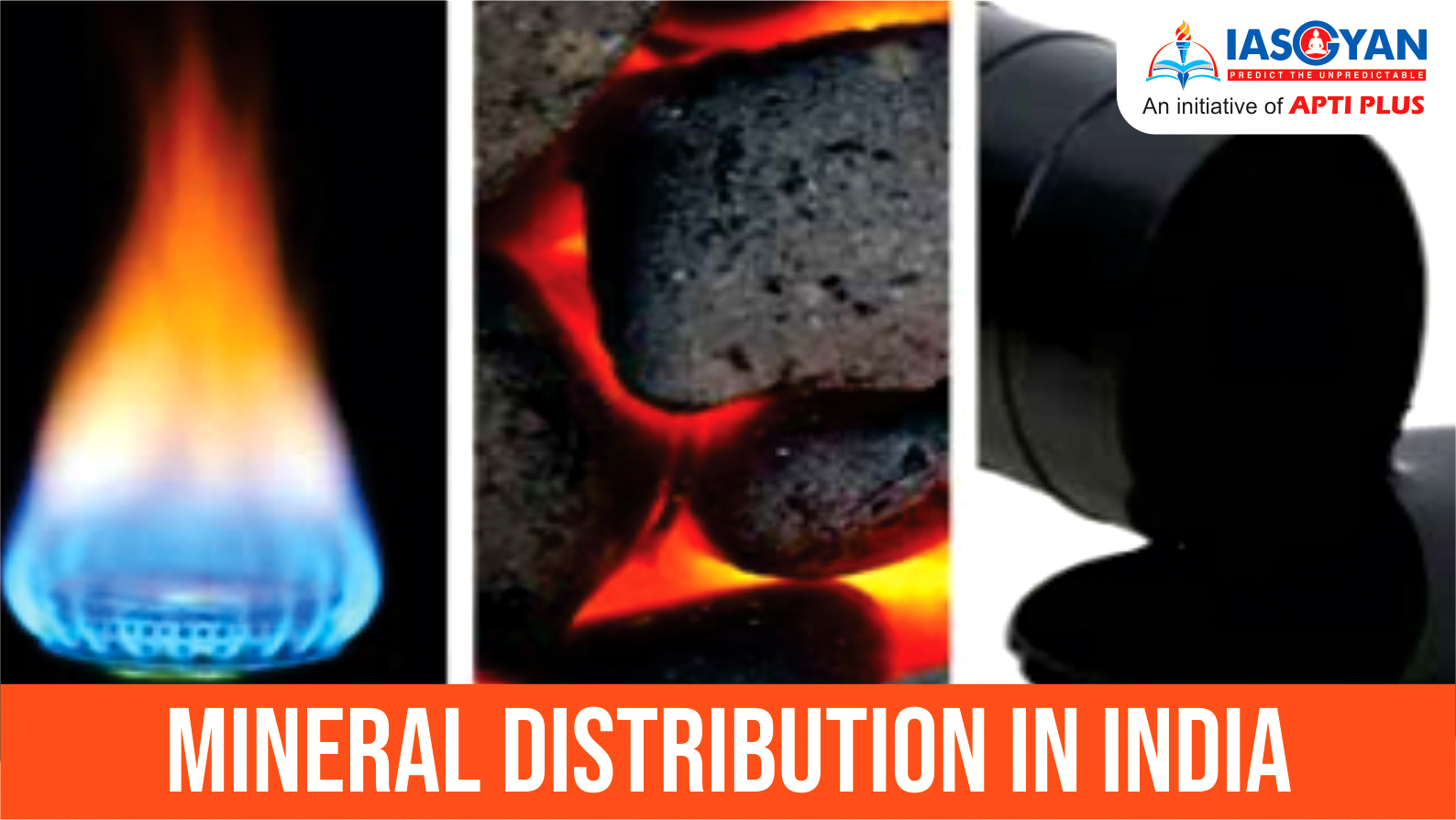
Introduction
India is richly endowed with mineral resources. Explorations have found over 20,000 known mineral deposits and recoverable reserves of more than 60 minerals.
11 states account for 90 % of the total number of operational mines (Andhra Pradesh, Orrisa, Chhattisgarh, Jharkhand, West Bengal, Maharashtra, Tamil Nadu, Gujarat, Madhya Pradesh, Rajasthan, and Karnataka).
Mineral Belts in India
Overall, India is home to the following mineral reserves:
- Metallic and non-metallic minerals:iron, chromite, copper, mica, and manganese.
- Energy reserves:coal, petroleum, thorium, and uranium.
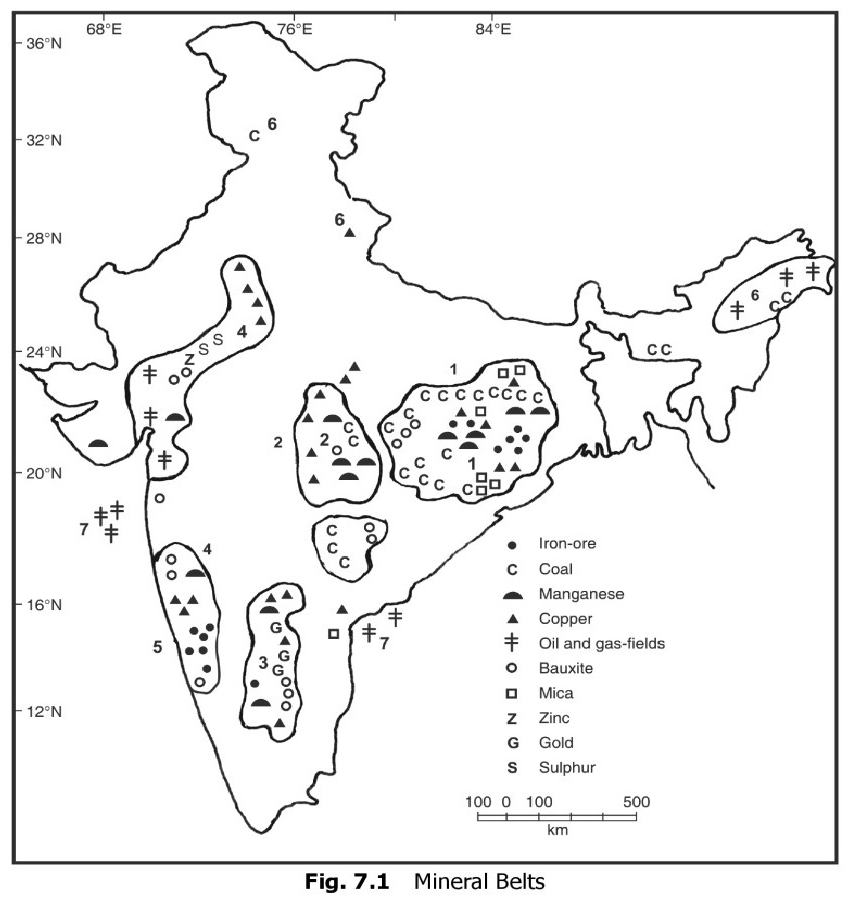
1. Chota Nagpur Belt (Northeastern Plateau region)
- Kyanite reserves (100%)
- Iron ore (93%)
- Coal (84%)
- Chromite (70%)
2. The Himalayan Belt
- Generally poor in metallic minerals
3. The Indian Ocean
- Presence Mineral oil and Natural gas in Arabian Sea and Bay of Bengal
- Contains poly-metallic nodules (around 4000 m deep under the ocean)
- Comprises minerals like Phosphate, Manganese, Barium, Silicon, Iron Aluminium, etc.
4. The Midland Belt
- Rich in Manganese, Bauxite, Copper, Graphite, Mica, Lignite, marble, and Limestone.
- Stretch around the states of Jharkhand, Odisha, Madhya Pradesh, Maharashtra, and Andhra Pradesh.
5. The Western Belt
- Constitutes non-ferrous metals
- Spreads around the states of Maharashtra )oil resources and granaries near Mumbai coast), Gujarat and Rajasthan (sandstone, marble, granite, fullers, gypsum, etc)
- Both Gujarat and Rajasthan are rich in salt production.
6. The South-western Belt
- Contains rich deposits of iron ore
- Located in the states of Goa (iron ore deposits), Kerala (thorium, Mozart, and bauxite clay) and Karnataka.
Coal Industries in India
- Over 97% of the coal reserves surface along the river basins of Godavari, Mahanadi, Son, and Damodar.
- Significant coal mining centers in India are Madhya Pradesh (Singhrauli), Raniganj, Jharia, and Bokaro.
- Singareni collieries are the largest coal-producing firm in India.
Coking Coal
Metallurgical coal or coking coal is a grade of coal that can be used to produce good-quality coke. Coke is an essential fuel and reactant in the blast furnace process for primary steel making. The demand for metallurgical coal is highly coupled to the demand for steel. Primary steelmaking companies often have a division that produces coal for coking, to ensure a stable and low-cost supply.
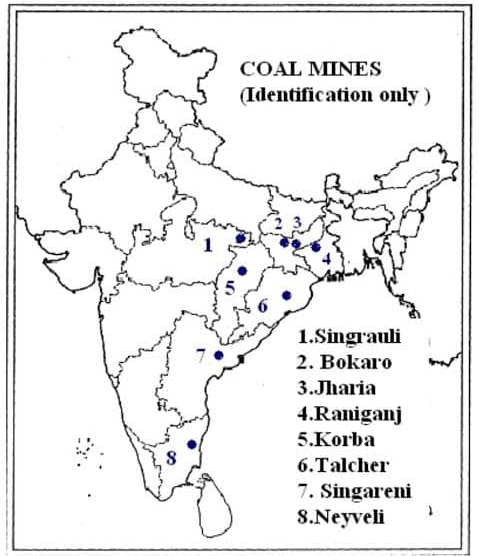
Coking coal is required for the following reasons:
- To remove the oxide part from iron ore.
- For the above process, blend the iron ore with carbon dioxide.
- For this reason, coking coal comprises high carbon density as compared to lignite.
- This variety of coal is suitable for heating.
Iron
There are four types of iron ore:
- Manganite: used in electronic industries (around 70% of iron))
- Hematite: India as the second largest (after Russia) producer of this ore
- Limonite: Used in paint manufacturing industries (around 50% of iron)
- Siderite: Contains a mix of magnesium and manganese
Iron Industries in India
- Most of the iron reserves are found in the states of Maharashtra (Ratnagiri), Jharkhand (Harizabag and Singbum), Chhattisgarh (Bailadila), Odisha, Goa, Karnataka (Bellary and Chitradurga), Andhra Pradesh, Telangana, and Tamil Nadu.
- Kudremukh mines (one of the largest worldwide) in the Western Ghats export iron res to foreign nations.
Steel Industries in India
- Jharkhand → Jamshedpur (TISCO), Bokaro
- West Bengal → Durgapur, Burnpur
- Odisha → Rourkela
- Chhattisgarh → Bhilai
- Andhra Pradesh → Visakhapatnam
- Karnataka → Vishveshwarya
- Tamil Nadu → Salem
Petroleum
- Extracted from Sedimentary rocks.
- Digboi in Assam is a major petroleum-producing unit in India.
- Major fields in Ankleshwar, Gujarat, Navagam, Lunej, Kosaniba, etc.
- Also found in basins of rivers Godavari, Krishna, and Kaveri
- There are 22 petroleum refineries in India.
- Other major locations of petroleum deposits include KG basin, Saurashtra shelf, Brahmaputra shelf, and Bengal Bangladesh shelf.
- Out of the 22 refineries, 17 are owned by the public sector.
Natural Gas
- Exercises a wide usage in petrochemical industries as a natural and compressed raw material.
- An environment-friendly resource with low trances of carbon dioxide.
- Generally found around the Godavari-Krishna basin.
- A cross country gas pipeline of around 1700 km runs between Mumbai High and Bassein in the west and north India respectively.
- In 1984, The Gas Authority of India was set up to monitor the sources of natural gas in the country.
- Ethane, methane, propane, butane and hydrogen sulphide are the key gaseous contributors to natural gas.
- Propane and Butane find wide usage in LPG (liquid Petroleum Gas)
- Tight gas sands are present deep within the sedimentary rocks
- TAPI (Turkmenistan- Afghanistan- Pakistan-India) is a natural gas pipeline stretching across these four countries.
- IPI (Iran- Pakistan- India) is another natural gas pipeline covering these three nations
- The government of India has proposed to install new natural gas pipelines between Iran and India and Russia, Central Asia, and India.
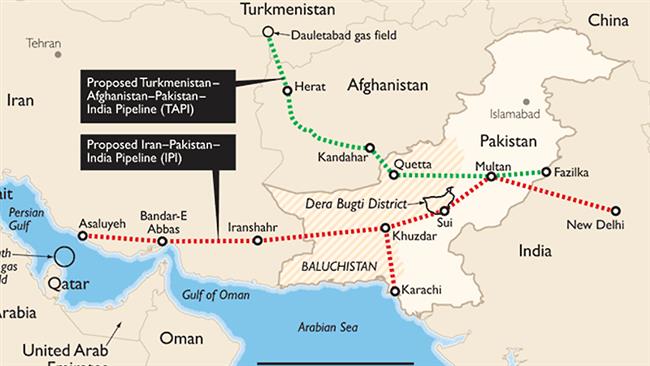
Nuclear Energy Resources in India
- Sources such as uranium and thorium comprise this category.
- Dhaiwarrocks, Singbhum, Alwar, Jhunjhuru, Bhandara, Kullu, etc are some famous districts that contain these nuclear energy sources.
- Tamil Nadu is the key source of thorium in the country.
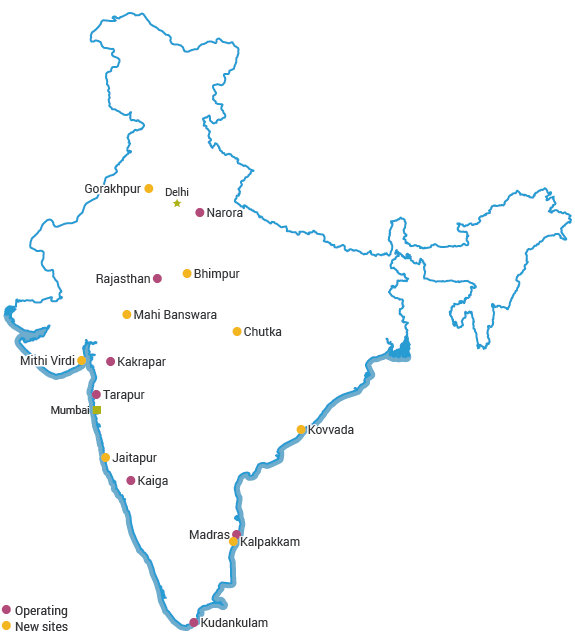
- The Atomic Energy Commission (1948) regulates the production of uranium and thorium in the country.
- The major nuclear power plants in India are located in Narora (Uttar Pradesh), Kalpakkam (Tamil Nadu), Kota (Rajasthan) Kakrapar (Gujarat) and Kaiga (Karnataka).
Biogas
- Rural areas feature as key consumers of biogas in the country.
- Biogas is elementally composed of human and animal waste, shrubs, and farm waste.
- Gobar gas is a famous source of biogas in India.
- Biogas is a rich source of natural manure.
- Overall, a very efficient source of events for domestic and agricultural uses.
Manganese
- Odisha features like the heart of Manganese production in India (Bonai, Sundargarh, Gangpur, Korput).
- Other Manganese producing states are Karnataka (Dharwad, Bellari, North Canara, Chitradurga, Tumkur, etc.), Jharkhand (Chaibasa), Madhya Pradesh (Bala Ghat), and Maharashtra (Nagpur, Ratnagiri, and Bandra).
- Use to manufacture steel and ferromanganese alloy.
- To produce 1 kg of steel, around 10kg of manganese needs to be processed
- Manganese plants are generally located far from steel plants, adding to their disadvantage.
Copper
- Copper deposits are mostly in the states of Jharkhand, Rajasthan (Jhunjhunu and Alwar districts), Andhra Pradesh (in Guntur),
- Karnataka (in Chitradurga and Hasan) and Madhya Pradesh (Balghat mines).
- Despite the above, India imports most of the premium quality copper (such as ballerina copper) from abroad.
- One ton of copper requires a total of 1400 KW of energy.
- Power plants located at Lonavala and Hyderabad recycle scrap copper
- The overall yield of copper is low in India
- Copper smelting leads to air pollution due to the release of sulphur dioxide gas.
Copper Refineries in India
- Hindustan Copper → Khetri, Jhunjhunu district, Rajasthan
- BALCO → Korba, Chhattisgarh
- Hindalco (Birla) → Dahej, Bharuch district of Gujarat
- Sterlite Industries → Tuticorin, Tamil Nadu
Mica
- Odisha (Koradarma is the largest manganese producer in the world)Extracted
- Andhra Pradesh produces a substantial amount of Mica in India.
- Districts of Jaipur, Udaipur, and Bhilwara are some Mica producing regions in Rajasthan.
- Karnataka and Kerala and West Bengal also produce Mica in large amounts.
- Mica has excellent insulating and resistant properties against high voltage.
- It can be beaten or spread into thin sheets for further use.
- In Jharkhand, the mica belt is about 150 km long and 22 km wide.
- It stretches around the Hazaribagh plateau.
- In Rajasthan, the mica extends around Jaipur and Udaipur.
Bauxite
- The leading producer of bauxite minerals in India is Odisha (34.9% of the country’s total production).
- Other Bauxite producing states are Gujarat (Bhavnagar and Jamnagar), Madhya Pradesh and Jharkhand (Lohardaga)
- Usually found in places with laterite rocks in hills and plateaus.
- Other important locations of rich bauxite deposits are Amarkantak plateau, Lohradaga, Katni-Jabalpur, Kolaba, Thane, Ratnagiri, etc.
- It is useful to manufacture aluminum.
- Generally found where there is a rich concentration of laterite rocks.
Aluminium-Bauxite Refining
- There is an abundance of aluminum on this planet while bauxite can be extracted from specific remote locations.
- Primarily, bauxite is crushed and blended with caustic soda to remove its impurities.
- Further, the above blend is left for drying to remove moisture (alumina is obtained from this mixture).
- This process of conversion also leads to weights loss.
- This subsequently reduces the transportation cost of the final product.
Aluminum Industries in India
- UP → Hindalco (Birla)
- Odisha → Hirakund (Birla), Jharsuguda (Vedanta)
- Chhattisgarh → Korba (Vedanta)
- BALCO → Ratnagiri, Maharashtra
- NALCO → Koratpur, Odisha
- MALCO → Mettur, TN
Lead and Zinc
- These ores are produced and refined through the processes of smelting and electrolysis.
- Ores are mixed with water, oil, and chemicals for processing.
- India doesn’t have sufficient lead and zinc ores and therefore most of these minerals in India imports from other countries.
- Some of the lead belts in India are in Jharkhand (Toondoo) and Andhra Pradesh (Visakhapatnam).
- Some of the zinc belts in India are in Rajasthan (Debari and Chanderia) and Kerala.








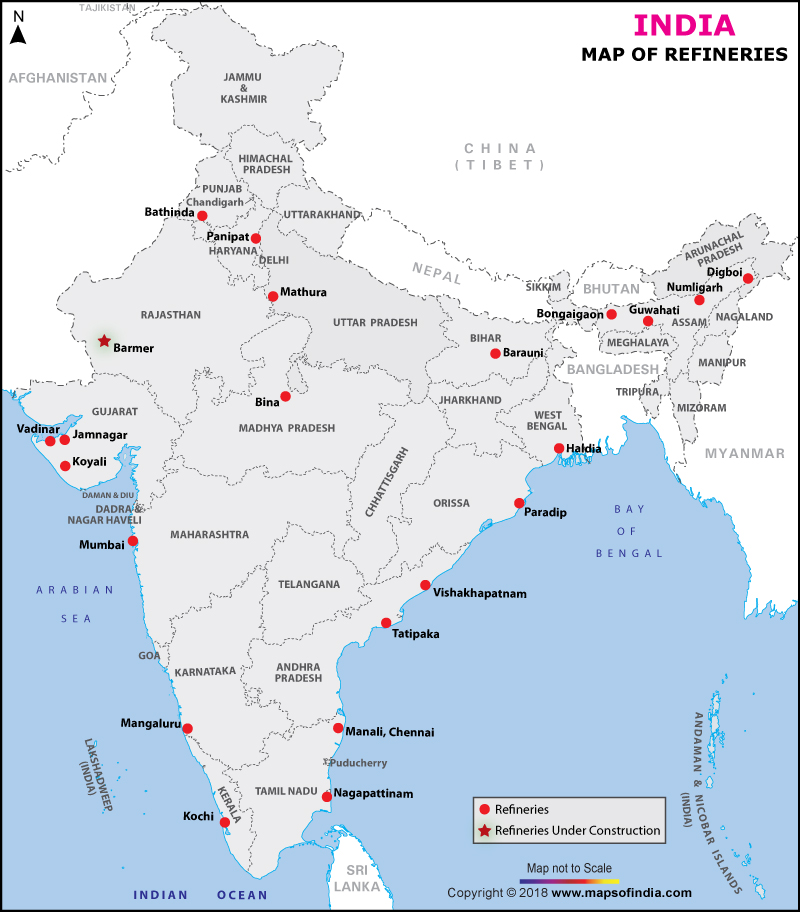


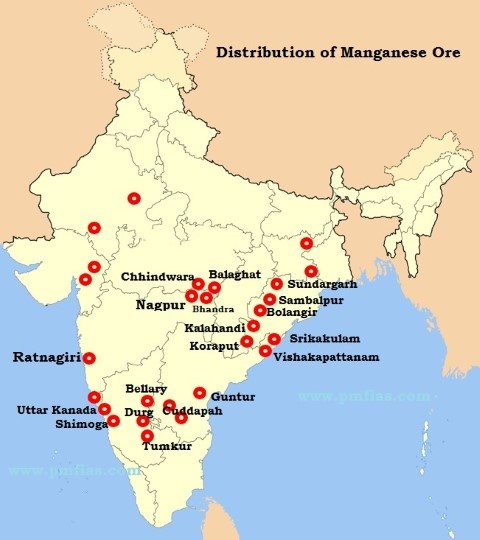


1.png)
